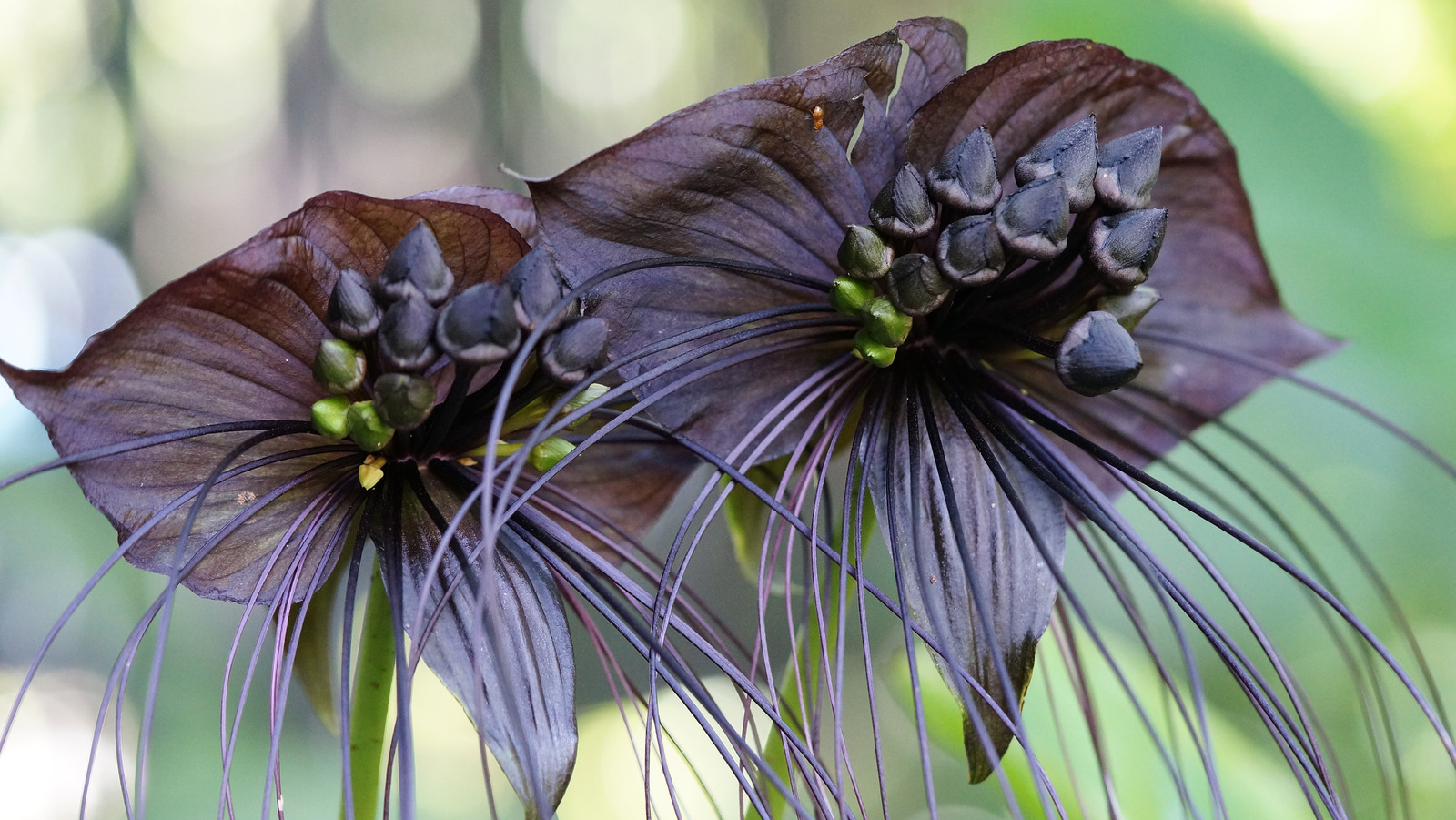Choosing the Right Soil for Your Bat Plant What You Need to Know
The bat plant (Tacca chantrieri) is an exotic indoor plant prized for its unique black flowers and deeply cut dark green foliage. While relatively easy to care for, the bat plant does have particular soil preferences in order to thrive. Selecting the optimal potting mix is key to growing strong, healthy plants that delight you with their dramatic blooms.
What Type of Soil Does Bat Plant Need?
Bat plants grow best in a loose, fast-draining soil mix. Ideal potting mixes contain components like:
-
Coarse pine bark – improves drainage and aeration
-
Peat moss – retains moisture and buffers pH
-
Perlite or pumice – creates air pockets in the soil
-
Sand or fine gravel – enhances drainage
Avoid heavy clay soils or any mixes that have poor aeration or tend to get waterlogged. Dense, soggy soils will cause the fleshy bat plant roots to rot. The potting mix should feel lightweight when dry and still cling together slightly when squeezed.
Soil Requirements:
- Loose, porous texture
- Excellent drainage
- Moisture-retentive but not soggy
- Abundant air pockets
- Light to moderate weight when dry
How to Prepare the Right Bat Plant Soil
The simplest option is to purchase a commercial indoor plant soil mix made for tropicals. Choose a brand marketed for orchids or aroids.
You can also create a custom blend by combining:
- 2 parts peat moss or coco coir
- 2 parts perlite, pumice or vermiculite
- 1 part pine bark fines or charcoal
- 1 part sand or fine gravel
If needed, add horticultural charcoal to absorb toxins and stabilize pH. Mix ingredients thoroughly before filling pots.
Potting Bat Plants
Use containers with bottom drainage holes and cache pots to eliminate standing water. Spread a thin layer of pebbles, gravel, or charcoal in the bottom of pots to improve drainage before adding soil.
Fill pots about three-quarters full, then remove the bat plant from its old container. Gently loosen tangled roots and place the root ball on the soil. Add more potting mix around the sides, tamping gently to stabilize the plant. Leave 1-2 inches between the soil surface and the pot rim.
Afterpotting Care
Keep freshly potted bat plants out of direct sun while roots establish. Water thoroughly after potting and allow the soil to dry slightly between waterings.TestAll for dryness near the base of stems rather than just the surface. Adding organic worm castings or compost improves moisture retention. Repotting every 2-3 years replenishes the soil.
Optimal Growing Conditions
Bat plants prefer warm, humid conditions with daytime temperatures around 77-84°F and 59-64°F at night. Avoid drafty locations or allowing plants to get chilled below 50°F.
Provide bright, indirect light or gentle filtered sunlight. In weaker light, the foliage may become lanky and less dramatic looking. Place plants where they receive 12-14 hours of illumination daily.
Water bats thoroughly whenever the top few inches of soil begin to dry out. Take care not to overwater as soggy soil leads to root rot. Indoors, average watering frequency is every 7-10 days. Reduce watering frequency in winter during dormancy.
The fleshy roots also appreciate humid conditions. Use pebble trays, humidifiers, or group plants to maintain humidity around 60-80%.
Feeding Bat Plants
Apply a balanced liquid fertilizer diluted to half strength every 2-3 weeks during the growing season from spring through fall. Suspend fertilizing in winter.
An occasional foliar spray of seaweed extract or compost tea provides micronutrients and minerals to support optimal health.
Repotting Bat Plants
When roots become crowded or push through the container drainage holes, it’s time to repot into a container one size larger. This is generally needed every 2-3 years. Remove any dead or damaged roots before repotting in fresh soil mix.
Choosing the proper well-draining but moisture-retentive soil provides the ideal foundation for growing beautiful, thriving bat plants. Combine an appropriate potting mix with warm temperatures, humidity, and proper care for success growing these striking exotic indoor plants.

Re: How to get flowers on my bat plant?
Welcome to the Bunnings Workshop community. Its wonderful to have you join us, and thank you for sharing your question about your Bat plant.
Soil balance is vital to the health and well being of your plant. If your plant is only getting a certain mineral in the soil and not enough of the other, it causes an imbalance in how the plant grows. Phosphorus is a key ingredient needed for developing flowers, fruits, and root systems. If its missing from the mix in your soil, your plant will not produce flowers. Potassium helps with the root systems and keeps the plant healthy and strong to fight stress and drought. Nitrogen is the building block for growing new stems and leaves, plus it is a necessary part of chlorophyll, which makes the leaves green and helps plants photosynthesize.
Looking at your picture, your plant seems very healthy so it must be getting a lot of Nitrogen. However, your observation of the Bat plant failing to produce flowers indicates that it is missing a key ingredient. I propose using Richgro 2.5kg Organics Phosphorus Root Health Booster to correct the imbalance in your soil mix.
Let me tag our experienced members @Noelle and @Adam_W for their recommendations.
If you need further assistance, please let us know.
How to get flowers on my bat plant?
- Subscribe to RSS Feed
- Mark Topic as New
- Mark Topic as Read
- Float this Topic for Current User
- Bookmark
- Subscribe
- Mute
- Printer Friendly Page
Bagged Soil | How to Choose the Right One for Your Garden
FAQ
What is the best potting mix for bat plants?
When should I repot my bat plant?
What kind of fertilizer for bat flower?
Do bat plants like to be root bound?
